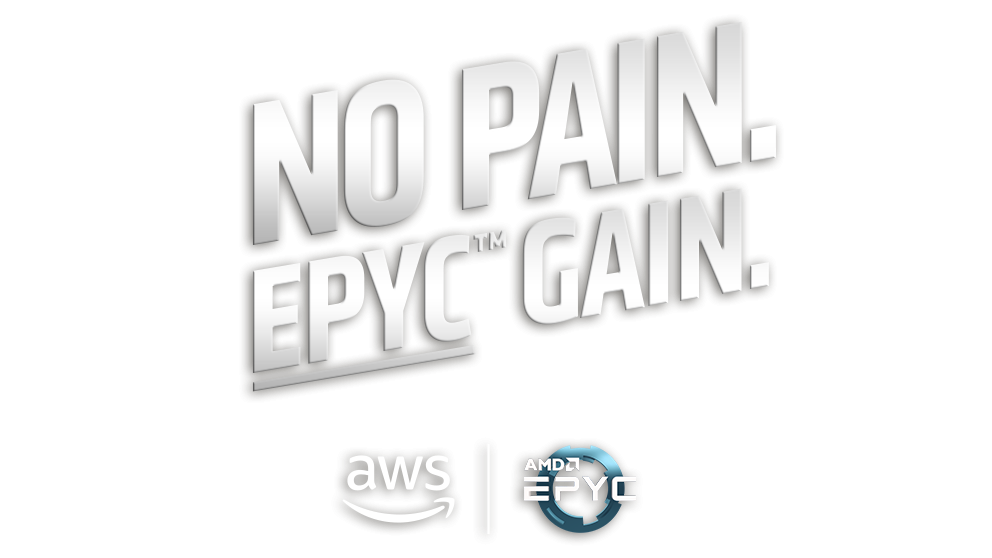Why it matters: AMD continues to slowly invade the lucrative server segment where not so long ago they were all but shut out by Intel. Amazon is placing more faith in AMD's Epyc platform by continuing to invest in new AWS instances like the new M5ad and R5ad.

Amazon Web Services announced the availability of more Epyc powered instances. The new M5ad and R5ad instances are variants of the M5 and R5 EC2 (Elastic Compute Cloud), and use custom AMD Epyc 7000-series chips.
According to Amazon, the M5ad instances are geared towards general compute workloads. This could be gaming, web servers, data logging, or media processing. The R5ad instances are aimed at more intense workloads, specifically those that are memory-intensive. Such applications include in-memory analytics, data mining, in-memory data bases, and caching.
Both the M5ad and R5ad instances will run at 2.5 GHz and offer local NVMe SSD-based block level storage with AES 256-bit XTS encryption support. The instances can also be configured with up to 96 vCPUs. Amazon is billing these new instances as an option "for customers who are looking to achieve a 10% cost savings on their Amazon EC2 compute environment." That 10 percent savings is presumably over the nearby competition, the AWS instances powered by Intel's Skylake-based Xeon processors.
The new instances are available in the US East (N. Virginia, Ohio), US West (Oregon), and Asia Pacific (Singapore) AWS Regions.
https://www.techspot.com/news/79431-aws-continues-invest-amd-epyc-platform.html